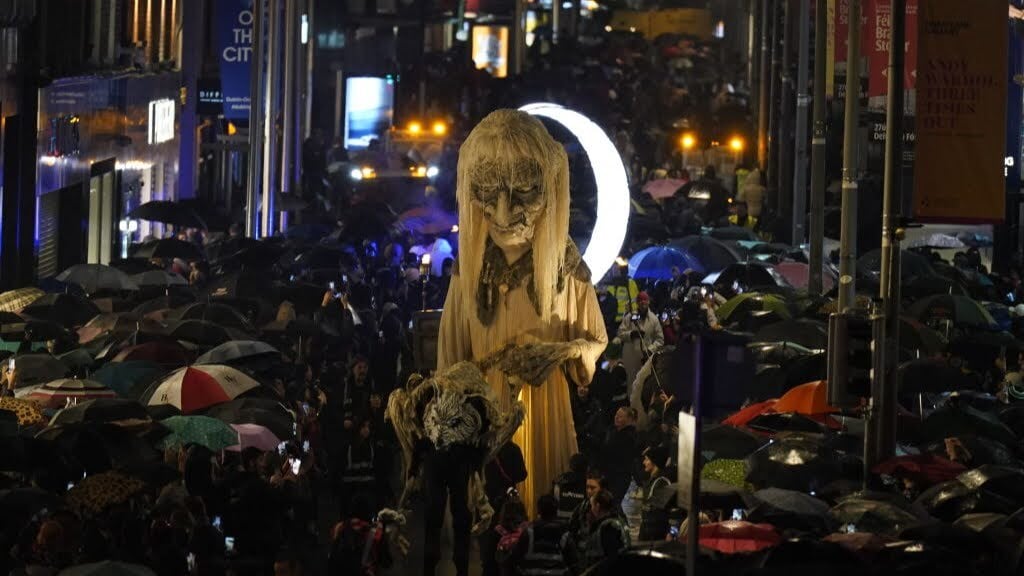In a strange turn of events, Dublin, Ireland, was caught in the midst of a Halloween parade frenzy that never actually took place. Residents found themselves excited for a festive event due to misleading ads that circulated online, notably via a Facebook page called My Spirit Halloween, allegedly based in Pakistan. These ads, embellished with AI-generated Halloween imagery, included information about costume contests and a promised “spectacular display.” As excitement built, the Irish national police, Gardaí, had to step in to dispel the rumors, clarifying that no parade was planned for that evening. The influx of misinformation, generated and spread through social media platforms, led to confusion among thousands of revelers who gathered, anticipating an event that simply did not exist.
The AI-generated elements of the posts and their accessibility through strategic hashtags allowed these falsehoods to gain traction, effectively deceiving many into believing in the existence of a parade. As reported by Stephen McDermott from The Journal FactCheck, the root of this misinformation was tied to a website aimed at monetizing Halloween events across various locations. Interestingly, although Dublin has celebrated Halloween parades in the past, this year’s absence was verified, leading many to speculate that the creators of the misleading ads sought to direct potential attendees to their site for ad revenue rather than to celebrate the spooky season. The page and its misleading posts have since been taken down, along with the deletion of their original location, showing the ephemeral nature of digital misinformation.
The situation highlights an unsettling trend in the misinformation landscape, where even seemingly innocuous cases, like a non-existent Halloween parade, can have broader implications. Previous experiences with false reports have resulted in considerable social turmoil, as seen in a 2023 incident involving a violent far-right protest sparked by unfounded claims regarding illegal immigration and crime. The rapid spread of this type of misinformation has the power to incite unrest and garner public outrage, demonstrating that the ramifications of misleading information can extend far beyond mere confusion or disappointment.
In the case of the Halloween deception, the lack of serious incidents indicated that the consequences were mostly limited to public amusement and slight embarrassment. However, the Goosed publication pointed out that, given the historical roots of Halloween in Ireland—originating from ancient Celtic celebrations—the expectation for a festive celebration is not entirely unfounded. The absence of a parade in Dublin this year left residents feeling cheated out of a cherished tradition, prompting reflections on the interplay between cultural expectations and the ease with which misinformation can flourish online.
Additionally, the incident underscores the ongoing challenges that individuals and organizations face in combating online misinformation. The availability of low-cost web hosting has made it simpler for content creators to produce seemingly credible platforms, especially when centered around popular and seasonal topics. As platforms like Facebook evolve, the algorithms that connect users to this content can inadvertently promote misleading narratives, leaving the responsibility to discerning consumers to differentiate between legitimate information and fabricated stories.
As the fallout from the Dublin Halloween parade incident unfolded, it served as a reminder of the importance of media literacy, especially in an age dominated by rapid information exchange. Despite this particular event being relatively harmless, it typifies how digital misinformation can lead to confusion and stir collective emotions. Ultimately, as technology advances and social media continues to dominate communication, the importance of vigilance in fact-checking and verifying information before acting on it becomes ever more paramount. The narrative surrounding the faux parade reflects a complex web of cultural history, technological influence, and modern social dynamics—casting a light on the substantial impact that a few deceptive posts can unleash on an unsuspecting public.

